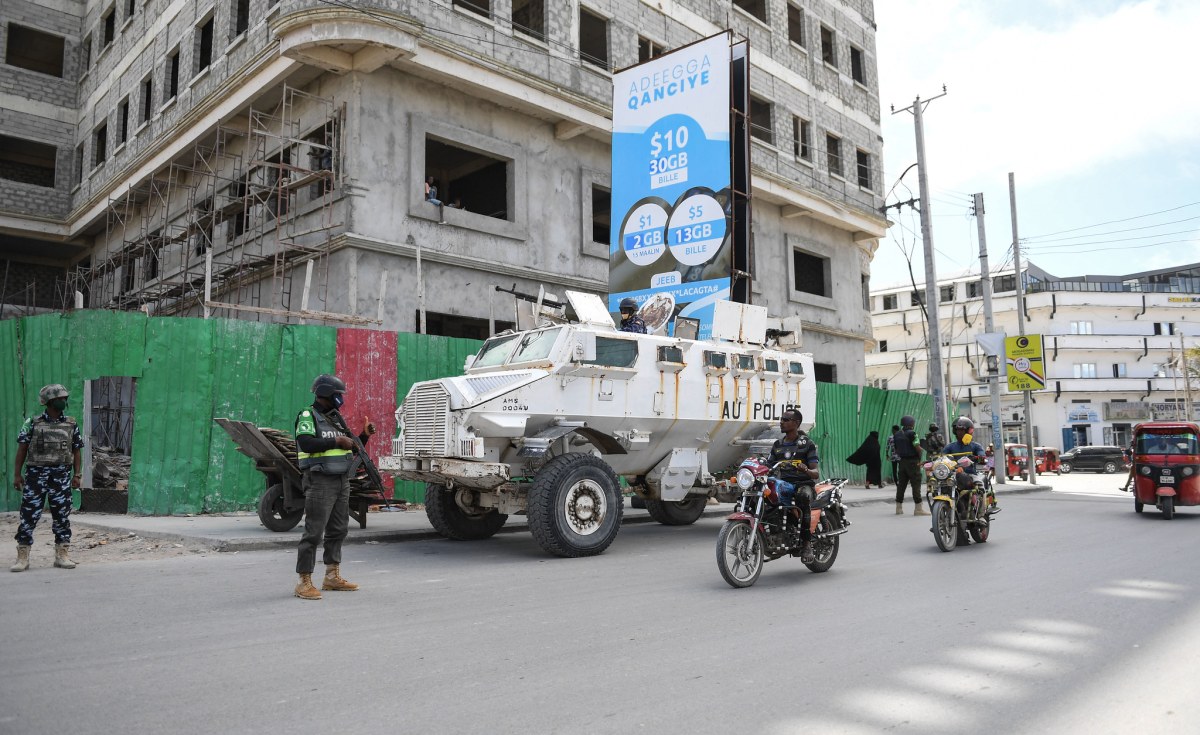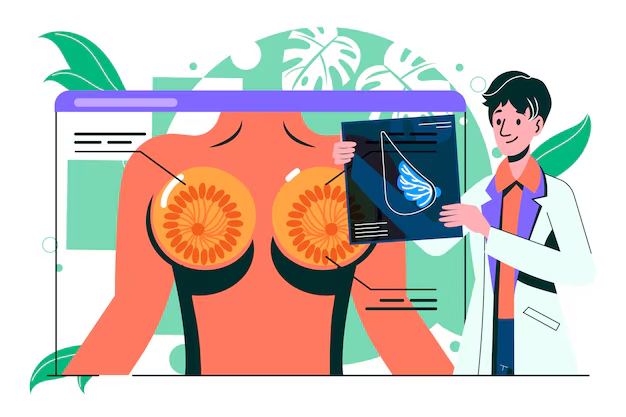Johan Lotter and his parents moved into neighbouring houses in Standerton 15 years ago, planning to spend the rest of their lives there.
Located in a cul-de-sac on the banks of the Vaal River, the houses seemed ideal to Lotter, who had taken early retirement after the family plumbing business downsized.
He planned to look after his ageing parents and spend more time enjoying two of his favourite hobbies, gardening and baking, in between lecturing at a local technical college.
But for the past three years, gardening has been out of the question, and baking is much less appetizing, as both properties have been flooded with sewage.
ALSO READ: DA calls for arrests over untreated Umbilo River sewage spillage
The houses are on the lowest residential portion of land in Standerton’s Meyerville area, where sewer line blockages and pump station failures have caused waste to back up and overflow, turning the properties into a permanent sewage swamp.
Lotter said the sewer line started to get blocked regularly in 2009. Blockages gradually became more frequent until the overflow became permanent in late 2018, with sewage engulfing their yards.
The permanent saturation of the ground has caused the building’s foundations to give way. Lotter pointed out new cracks in the walls and rising damp that has led to black mould forming inside.
“I’ve developed asthma and am getting headaches,” he said. He now shares one house with his parents.
Living in a “garbage heap”
It’s a familiar story. Tulani Habile lives in the third house in the cul-de-sac. He shares it with his mother, sister, aunt, his 13-year-old son and his nine-year-old daughter.
Although his house is on slightly higher ground, the town’s sewerage failure means his own drains are permanently blocked, and all the household waste water flows into the yard.
Habile also pointed to new cracks in the walls where the drain is situated – the result of the continual damp – and the stench from the sewage swamp that permeates the air. He says his children are teased at school for their living conditions.
“My daughter gets teased at school. Even friends she used to play with, they say ‘you’re staying in a garbage heap,’ and laugh at her. Her friends don’t visit anymore.”
He said it’s the same with his son, whose friends no longer come over to play soccer.

Entire town’s sewerage system is failing
The Lotter and Habile houses may be the most visibly affected, but the entire town’s sewerage network is failing.
A two-and-a-half hour tour across Standerton with municipal councillor Wilma Venter revealed sewage spill after sewage spill.
At a pump station on Taljaard Street, the security guard used stepping stones to cross a pond of sewage between her guard hut and the boundary gate. Although the pump station was working at the time, she said it is switched off from 5pm to 8am every night.
During those 15 hours, the sewage simply overflows into the yard and across the street. She said she did not know why the pump was switched off. Venter also didn’t know why.

Venter, who was elected ward councillor for the area in November last year, was previously a community activist, and had been reporting sewerage failures to the municipality and pushing for action for five years.
She showed GroundUp house after house marked by years of sewage spills. Behind an apartment block on Berg Street, she pointed to an open field that she said usually has a fountain of sewage spewing from it.
Venter said sewage had been overflowing for years. It was evident that entire lines were blocked or collapsed, sewage was spilling out of every manhole; across streets, into gardens, and into the Vaal River. Questions sent to the municipality asking why the sewerage network was dysfunctional were ignored.
But this report is not just about Lekwa municipality’s sewerage network failing – as it clearly is. Data from the entire region’s municipal wastewater plants show a pattern of lack of oversight and fiscal mismanagement, not only failing the people who live there, but also potentially affecting more than 13 million people who rely on the Vaal Dam for their drinking water.
It also offers a dire warning if no action is taken to rectify it.
Toxic water
According to the Department of Water and Sanitation (DWS) Green Drop Report for 2022 – an audit of all wastewater treatment works in the country for the period July 2020 to June 2021 – Standerton Wastewater Treatment Works is 164% over capacity, achieving an overall score of just 17%, which puts it into the “critical risk category”.
No data on the quality of its effluent, which is released almost directly into the Vaal River, was loaded onto the DWS online regulatory system, which it is required to do on a monthly basis, during the first quarter of 2022.
A visit to the plant revealed untreated sewage spilling into the environment from just outside the perimeter fence, and flowing into the Vaal River a stone’s throw away. From there it flows into the Vaal Dam, the drinking supply for Gauteng.
The failure within Lekwa municipality is not confined to wastewater and pollution of the Vaal. The drinking water supplied by the municipality, which is extracted from the Vaal about a kilometre upstream of the town, is not drinkable.
The water from the taps “smells like ammonia” and is brown, said Lauren Nienaber, who lives at the bottom of Coligny Street with her husband Andre.
Andre revealed a small reverse osmosis system underneath the kitchen sink which they use to purify the water from their tap.
He said they have to change the filters every three months, costing R500 ($29), as well as a “main filter,” which costs R800 ($47). This is above what they have to pay the municipality for water use and supply.
“We don’t even cook with the tap water,” he said, it all goes through the purifier first.
Their perception is backed up by data on the DWS system. Figures from 18 June show Standerton Water Treatment Works, which purifies water for drinking and is run by Lekwa municipality, was meeting standards for microbiological compliance (fecal coliforms such as E.coli and enterococcus) just 47.5% of the time.
The figure for chemical compliance was 0%. Both these indicators, among others, are supposed to meet the South African National Standards (SANS) for drinking water at least 98% of the time. This data is also available on a user-friendly wazi map.
This article first appeared on GroundUp and was republished with permission. Read the original article here.





















Discussion about this post